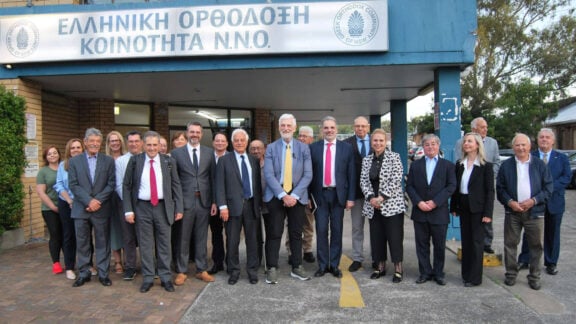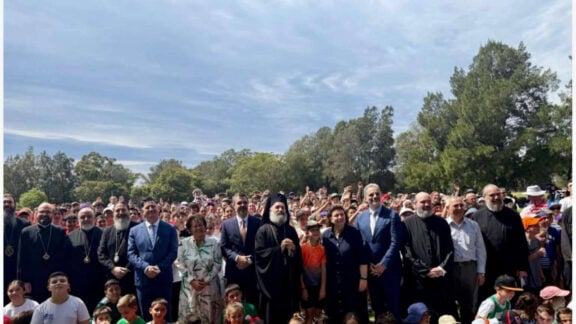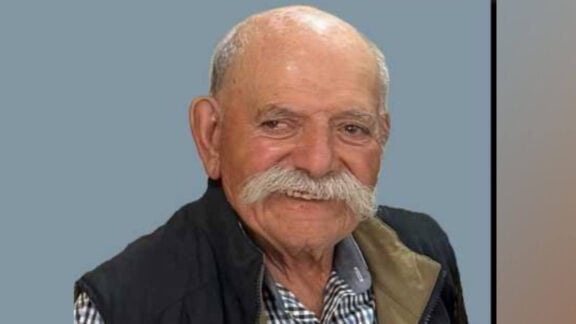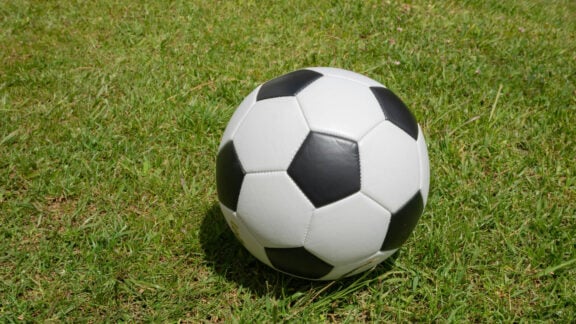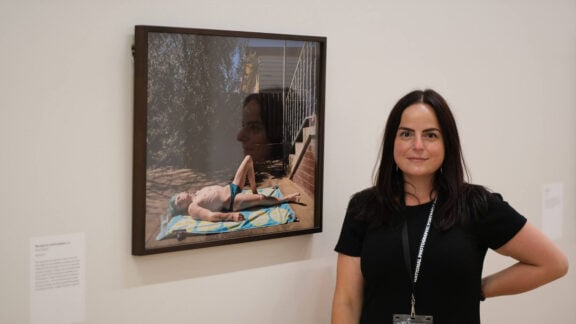The second largest of the Ionian Islands is Corfu (Kerkira) and maybe the better known of this group of islands outside of Greece. And like the rest of Greece I can’t talk about its food culture without mentioning its history and its climate, as both these factors have influenced the way its people eat.
The island is bound with the myth, legend and history of mainland Greece. The name of the island comes from a mythological Nymph, a daughter of the river god Asopus. Her name was Corcyra who was kidnapped by the god of the sea Poseidon and brought to this island.
It is said that the first residents were here in the 12th century BC. The founder is said to have been Phaeax (hence the inhabitants were called Phaiakes) – his son Nafsithos was the father of the Homeric king Alcinous from The Odyssey. Here is where myth, legend and history become blurred as we are told that King Alcinous’ daughter Nafsika helped Odysseus to return to Ithaca. The island has been identified by scholars with Scheria, the island of the Phaeacians described in Homer’s Odyssey, though conclusive and irrefutable evidence for this theory or for Ithaca’s location has never been found.
In more recent historical times Corfu is recognised as a bulwark of the European states against the Ottoman Empire. The Venetians defended against the Ottoman intrusion in the Adriatic. Corfu repulsed several Ottoman sieges before falling into British rule during the Napoleonic Wars. The Ionian islands eventually were unified with modern Greece in 1864 under the Treaty of London.
Corfu is an extremely fertile island; it has the highest rainfall in Greece, giving it its green, luscious environment. It has rivers and mountains and very fertile plains. The Italian influence is very prevalent in the architecture, the language, the high number of Corfiots who are Catholic and the large Jewish community that had arrived from Italy.
In more recent history Kerkira was occupied by the Italian fascist regime until the regime fell in September 1943. And a day later the Nazis moved to take control. On the 14th September, the Luftwaffe bombarded Kerkira: raids destroyed churches, homes, whole city blocks, especially the Jewish quarter, the Ionian Parliament and other important buildings. Corfu was liberated by British troops, who landed on the island in October of 1944.
After WWII and the Greek civil war, the island was rebuilt under the general program of the reconstruction of Greece. In 1956 Maria Desyllea Kapodistria was elected mayor of Kerkira and became the first female mayor of Greece. Ms Kapodistria was a relative of the first governor of modern Greece, Ioannis Kapodistrias.
These days it is an island with very high tourism; it has a university, a hospital and the locals play cricket – a left over from the British years.
The island was a favourite place of European royalty. The Achilion was the summer home of Elizabeth (Lizzie), Empress of Austria, a building that later served as a casino for many years and is now being renovated to its original glory.
And last but not least there is the influence of Corfu’s history on its local cuisine, featuring dishes that give away their origin with names like ‘pastitsada’, ‘spezzatino, ‘sofrito’, ‘strapatsada’, ‘savoro’, ‘bianco’ and ‘mandolato’.
In 2007, the capital – also called Kerkira – was designated for the UNESCO World Heritage List.
